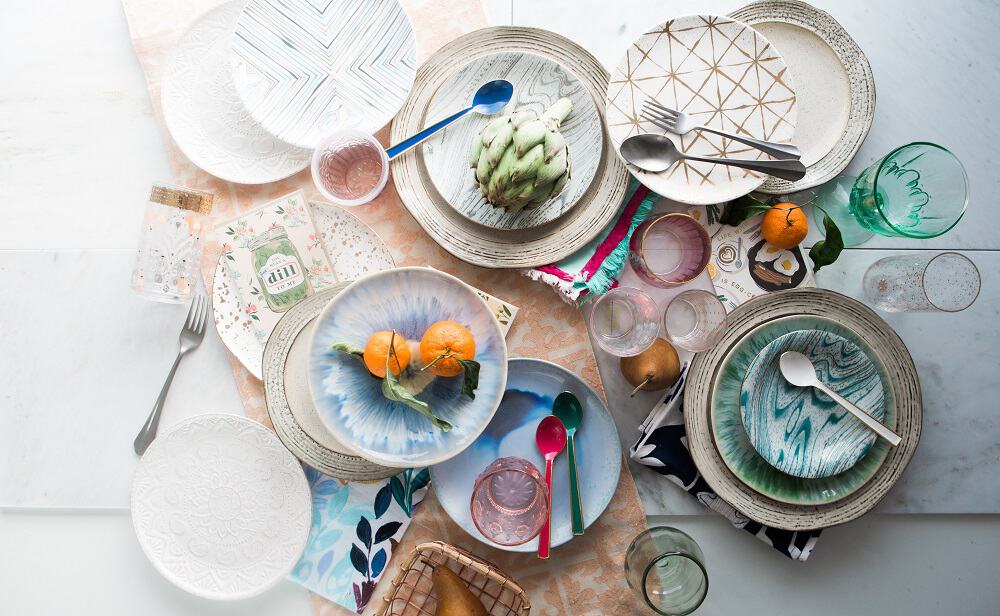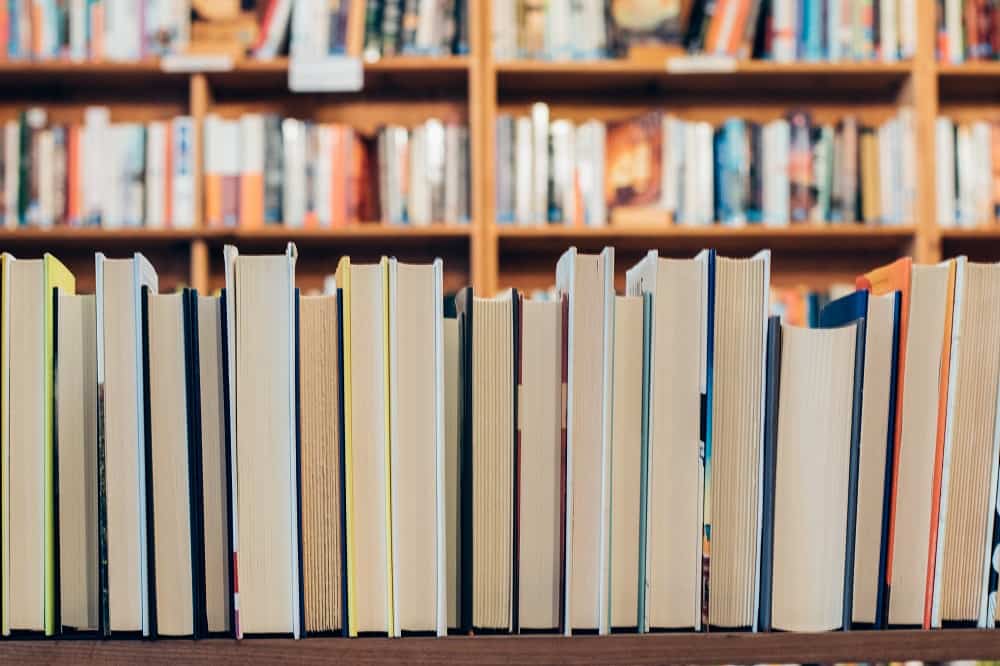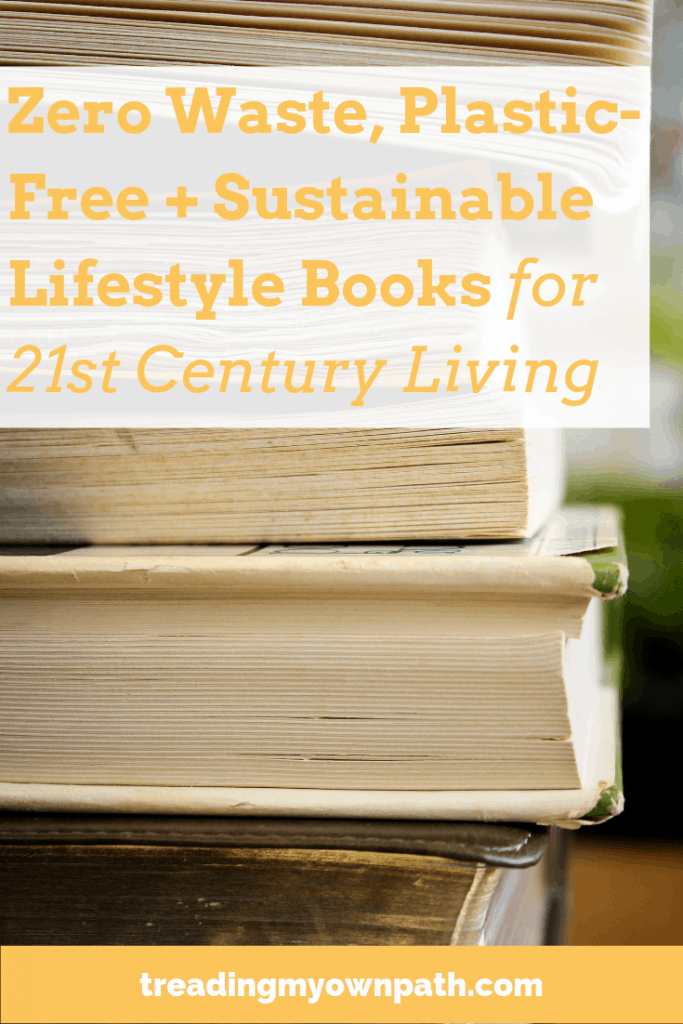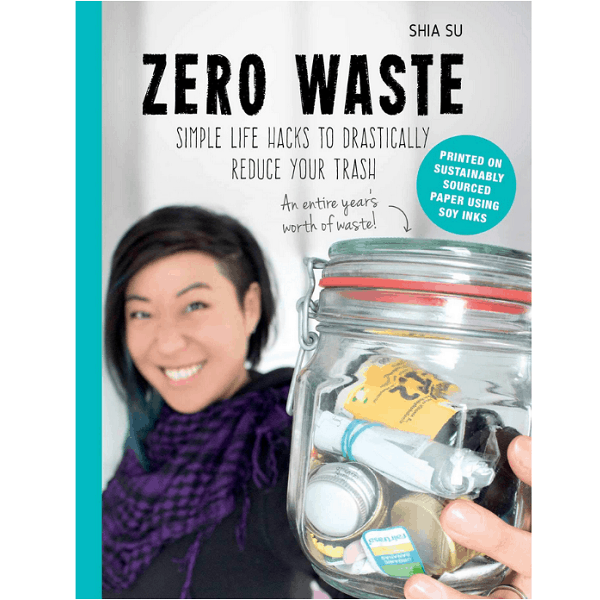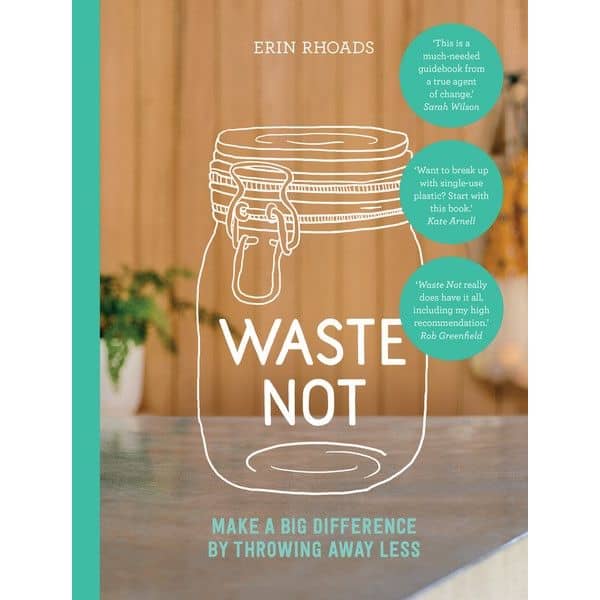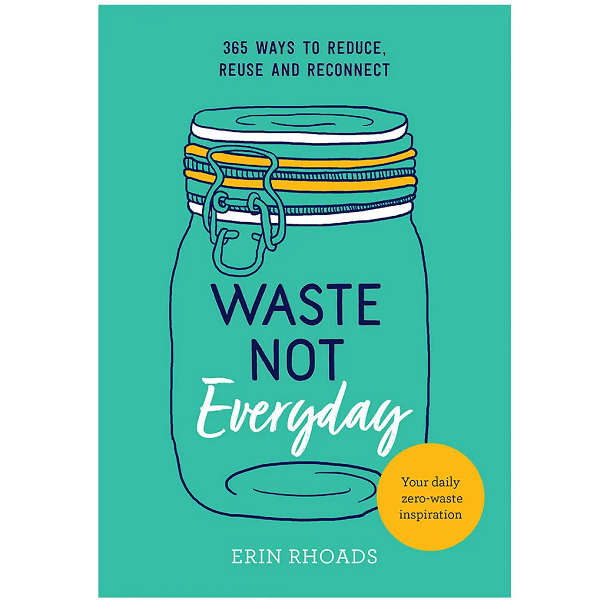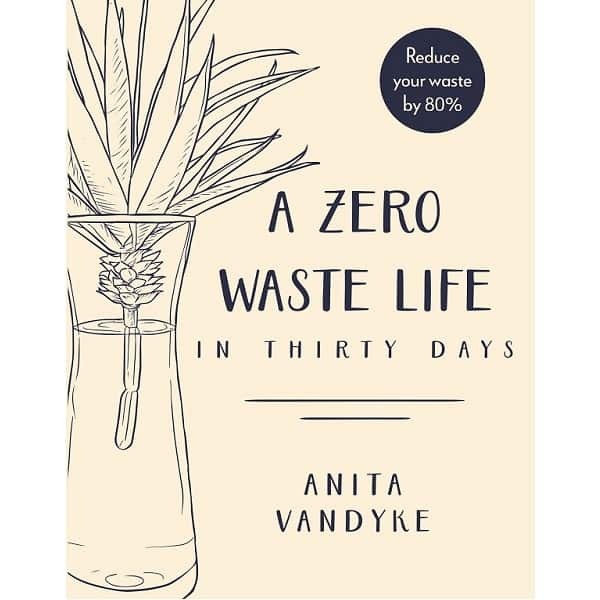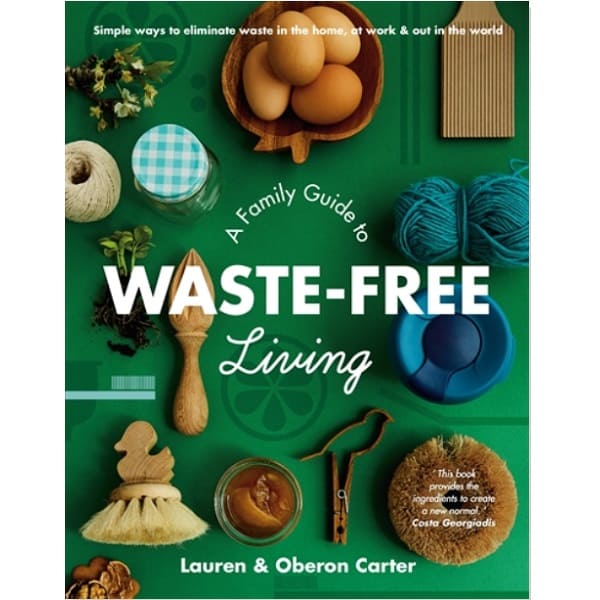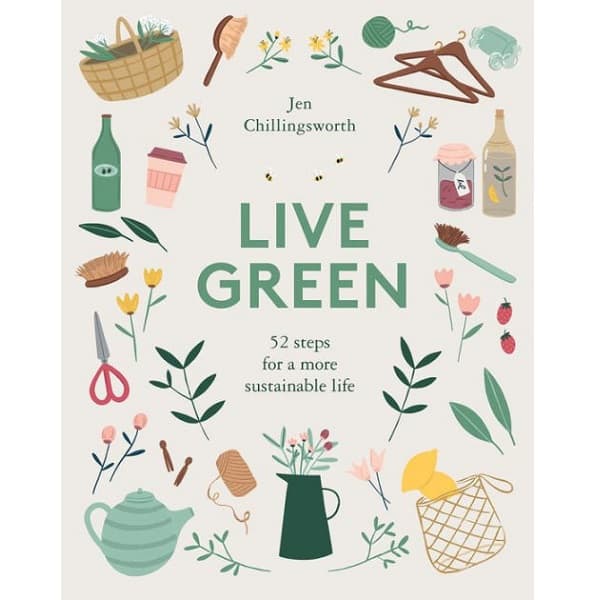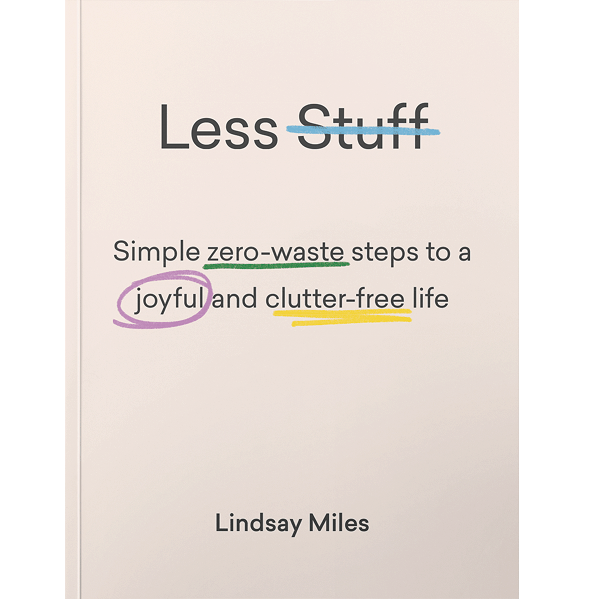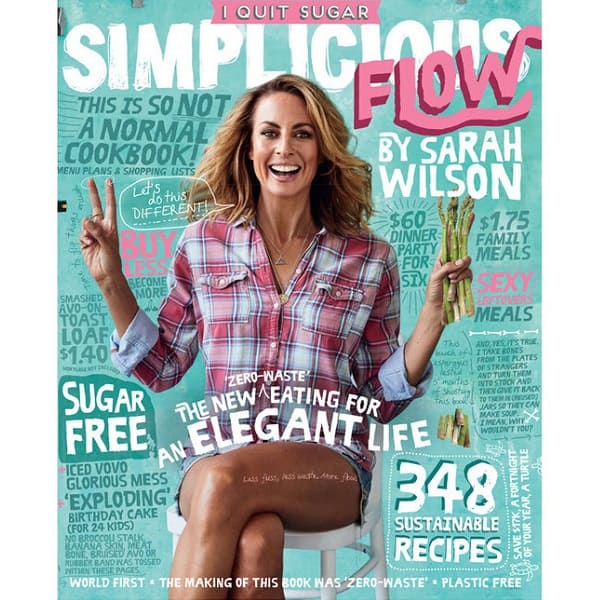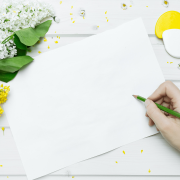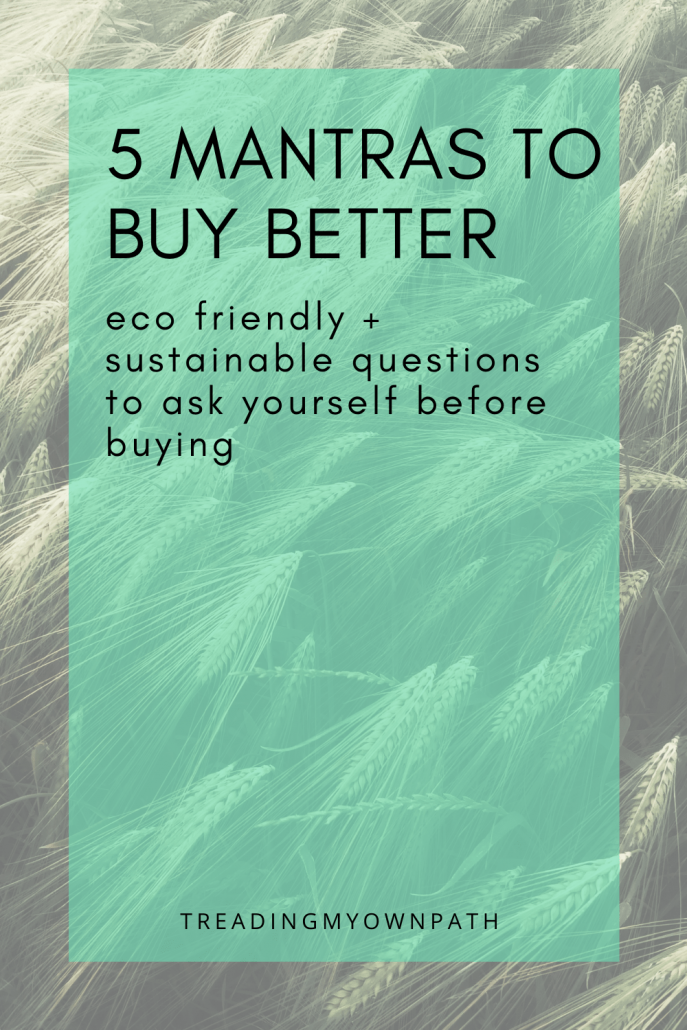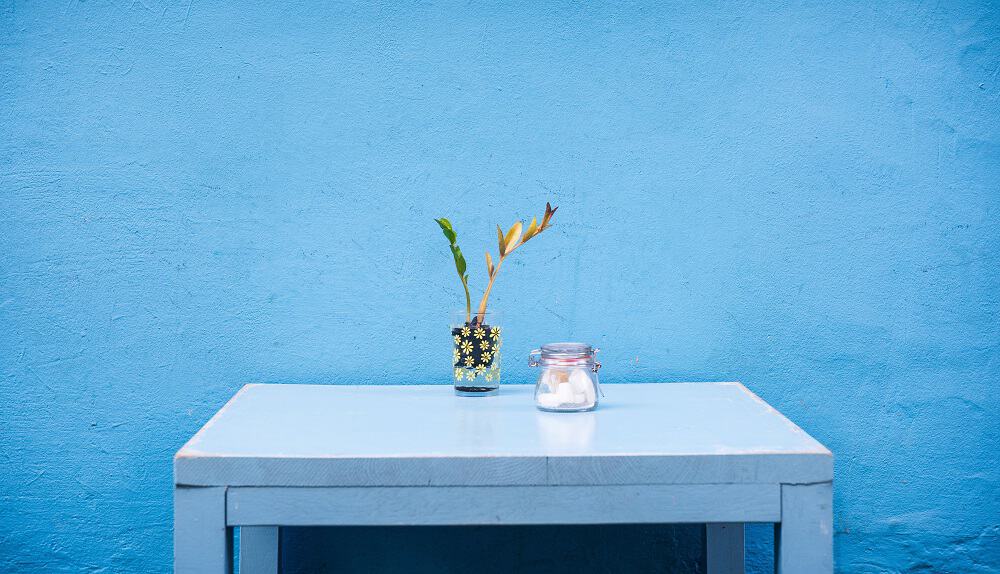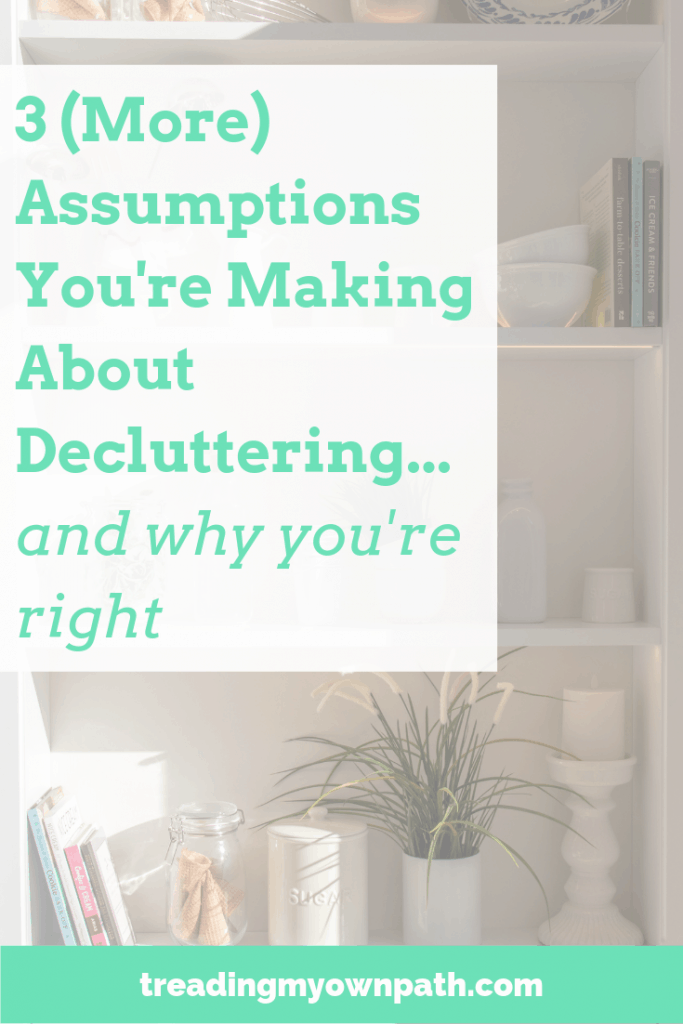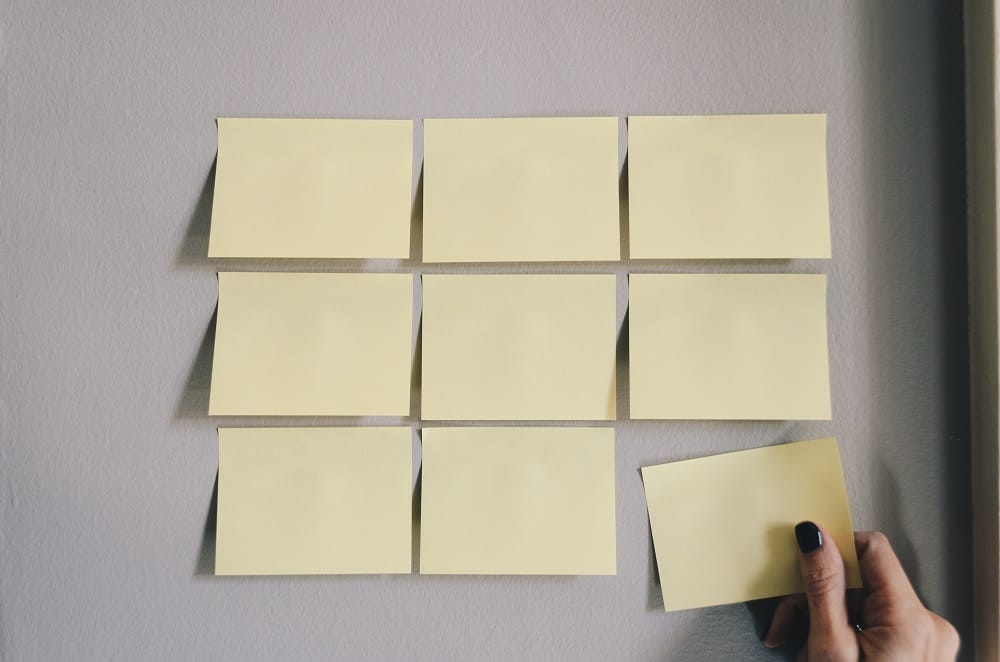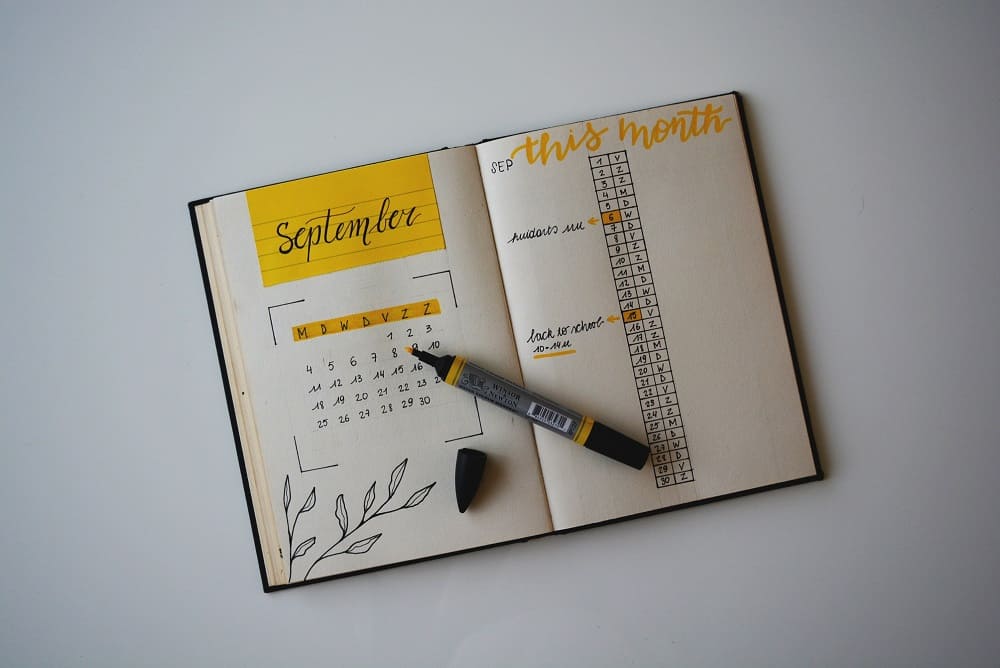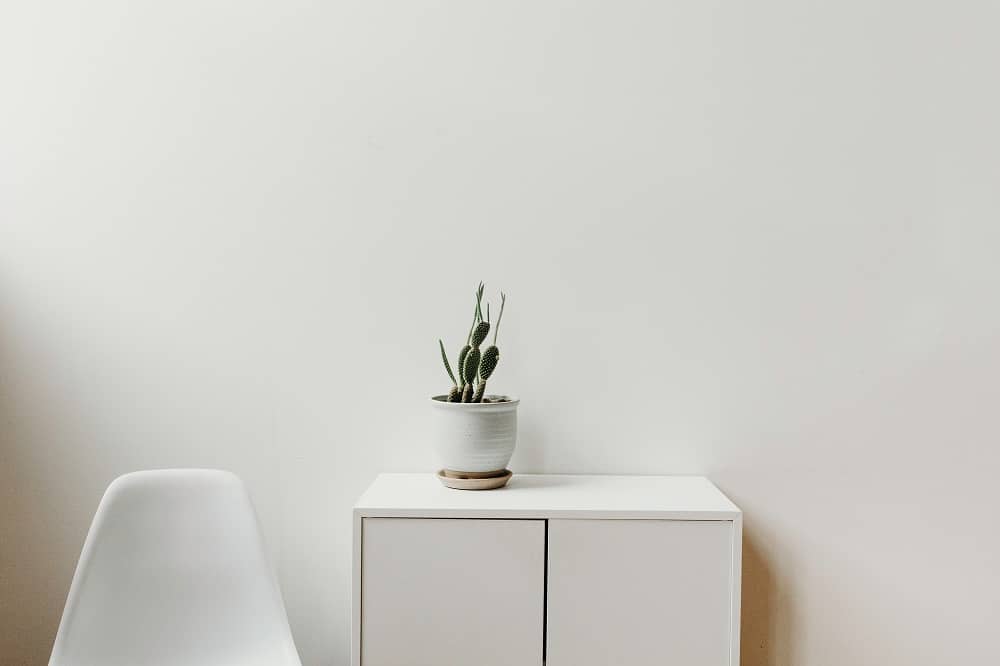How to Go Zero Waste and Do Less Dishes
If I had to say there was a drawback to living plastic-free or zero waste, then I would say it is this: the dishes.
There’s not really any way round it. Choose reusables and you’ve got to wash them up. The more reusables, the more washing up.
Sigh.
It’s not that I hate washing up. I love washing up… well, once it’s done and put away. (I’m less of a fan of the dirty dishes.) It’s not that I mind the process itself either. It’s just that there are always dishes.
Always. Dishes.
Still, once we’ve accepted that there will be dishes, we can do things to ensure there are less dishes. The less the merrier, I think! (That’s not a saying, but it should be.) Because we’re not going back to single-use plastic and disposables, right?
So let’s do what we can to make less dishes.
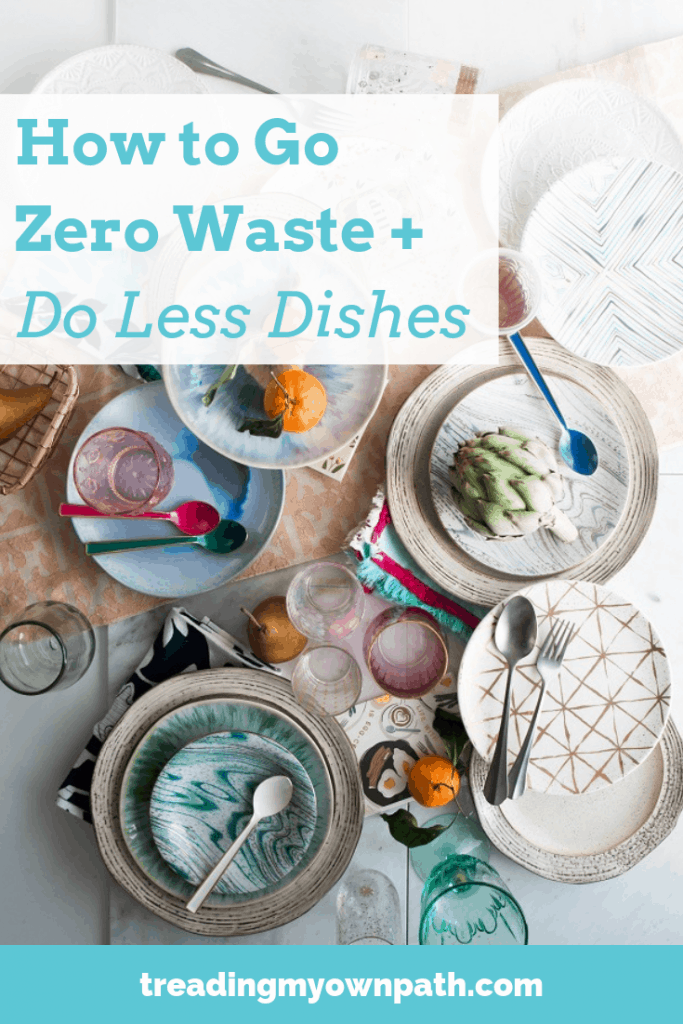
To Dishwasher or Not to Dishwasher?
As soon as I mention dishes, someone brings up dishwashers. Yes, I’ve read the studies, and it is true that some dishwashers use less water than filling a sink and doing the dishes by hand.
A modern water-efficient dishwasher might use 15 litres per cycle. Depending on the size of your sink, how careful you are with water and how long it takes for the water to run hot, plus any rinsing, hand washing can use a fair bit more.
There are other factors. Dishwashers use electricity. They are also big chunks of metal and plastic (those resources had to be extracted from the ground), and take up a fair amount of space in a small kitchen.
I have solar hot water, meaning it comes from a tank heated by solar panels whereas a dishwasher would run from the mains. I have a fairly minimalist kitchen, and I’d run out of things before the dishwasher is even full. (This is by design – for creating less dishes. I’ll come back to this.)
Plus, I have unresolved childhood trauma around dishwashers. Don’t ask ;) All things considered, a dishwasher won’t work for me, and I’m happy with my sink.
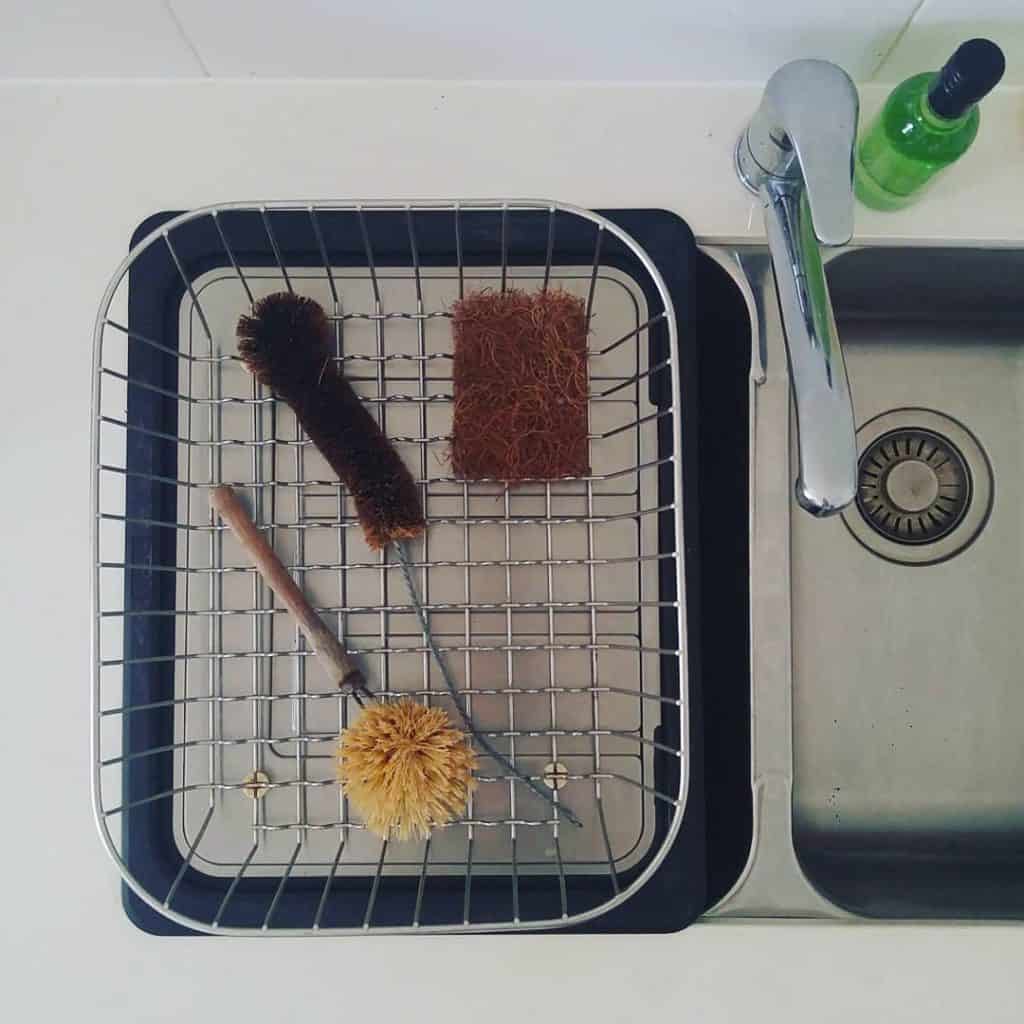
If you have a big family, you already have a dishwasher or you know that a dishwasher will be the thing that makes less waste possible for you, go for it! Look after it, service it, get it fixed and make it last.
For those who have taken the path of more dishes and no dishwasher, here’s my tips for keeping them to a minimum.
Not Dirty? Don’t Wash It.
Now I’m not advocating for risking food poisoning here, but we can be sensible about these things. And if something isn’t dirty, we can get away with not washing it.
Level 1. The wipe.
Does it need to be washed, or could it just be wiped? Plates that have had toast or dry crackers tend to accumulate nothing more than a few breadcrumbs. These can be brushed off.
The same goes for lunchboxes that have had sandwiches in them, and bowls used to weigh out dry ingredients. Sometimes I’ll wipe out a jar from the pantry rather than wash it if I know it is something I use often (pasta, oats).
I find a wipe with a clean dishcloth or a dry tea towel is enough.
Level 2. The rinse.
Some things can pass with a quick rinse, particularly bowls, plates and cutlery (not forks) if rinsed straight after using. It depends what is was used for and by whom of course. I’d be happy to rinse a spoon that I’d used to measure out coffee, less so if someone had just eaten a dessert with it.
I’m also happy to quickly rinse out pans that have steamed vegetables or boiled pasta, too.
Oh, and I save the rinse water and add to the compost or worm farm.
Level 3. Wash it up.
Actual washing up is best for anything baked on and greasy, most cooking pans, dinner cutlery, day-old lunchboxes, pantry jars that have been stored to a while, anything sticky.
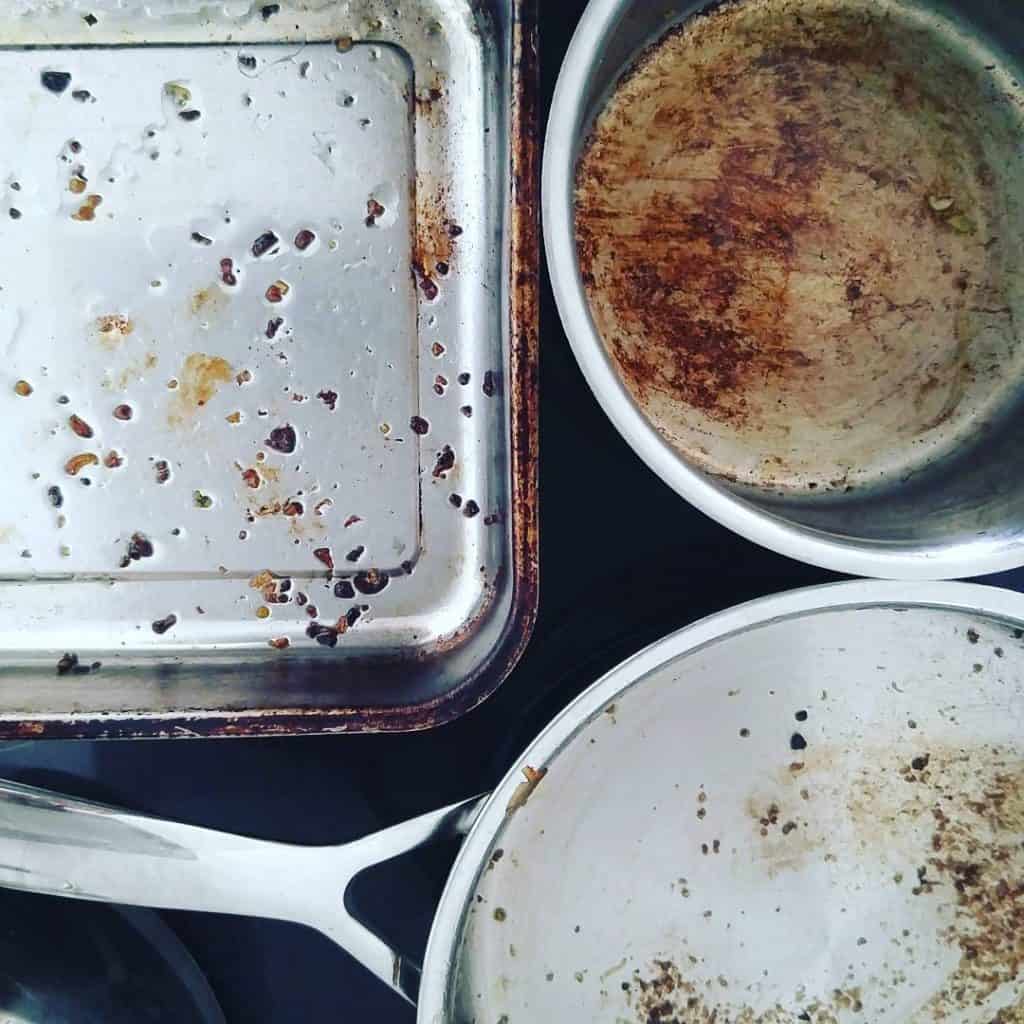
Coming back to food poisoning, the highest risk foods include ice-cream, rice and animal products (meat, fish, eggs, dairy). I’d recommend washing up anything that contained these foods.
Own Less Stuff
There are two reasons why owning less stuff helps with the dishes. The first is that with less stuff, you use up all the stuff more quickly and need to wash it before your kitchen gets swallowed by unwashed dishes.
This doesn’t create less washing up, but it does create less overwhelm, and keeps things more manageable.
The second is that when your stuff is all used and dirty and you need something but can’t be bothered to do the dishes, you’ll spot clean that one item – or just use it again as is – which means the number of dishes don’t get any bigger. And some things get used again before being washed up.
If I’m out of side plates for lunch I’ll figure out which one had toast for breakfast, dust the crumbs off and use that again. Same for mugs and making tea. No net gain in dishes.
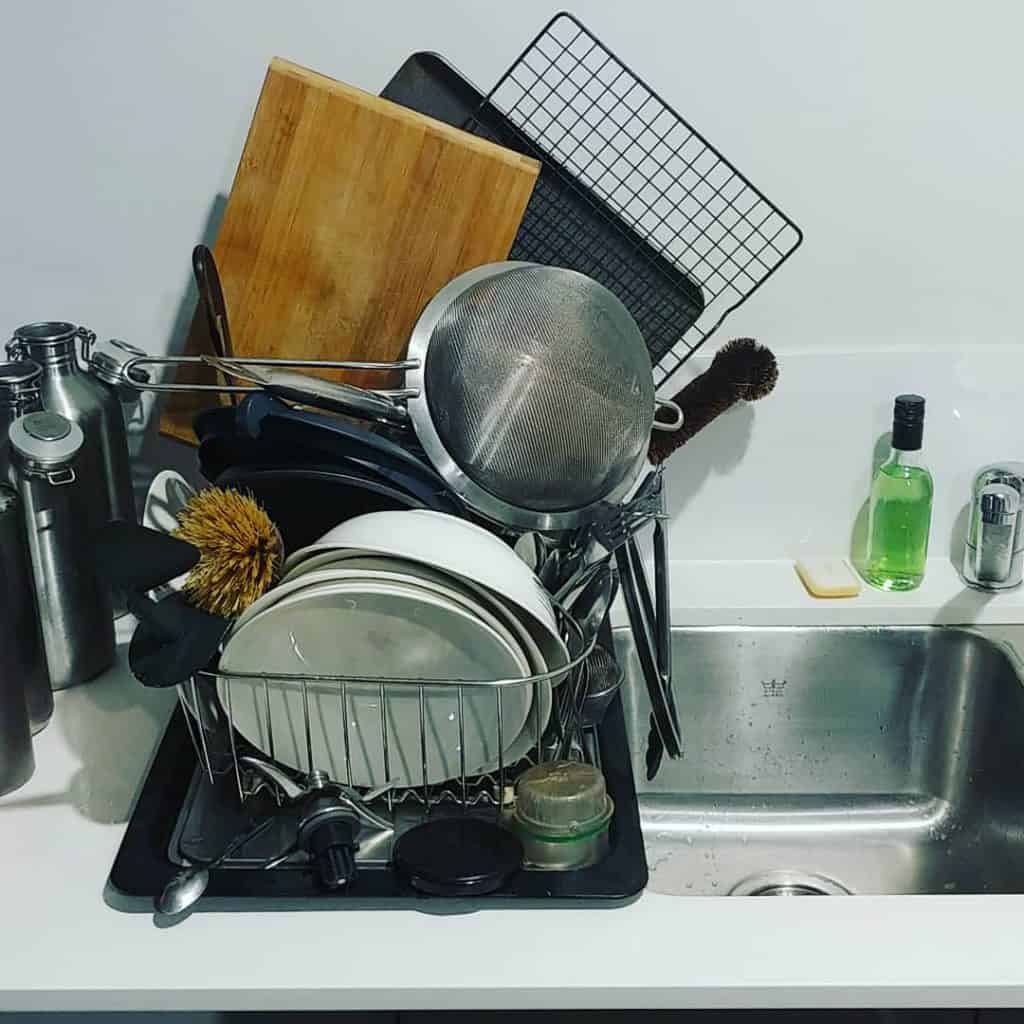
Eat Like No-One is Watching
Well, when no-one is watching, does it matter if you use a proper plate? Or could you just eat out of the saucepan? Classy no, but if it saves on dishes then I am willing to make these sacrifices.
Quite often if I reheat my lunch I’ll eat it out of the pan, or if it was stored in a container I’ll then eat it in that rather than dirty a plate. If there’s the last of something coming out of the fridge I’ll eat that straight out of the container, too.
Me 1, dishes 0.
Make Your Dishes Multi-Purpose
If try to avoid washing something up after it has been used once. If I can get a few uses out of something before it heads to the dirty dishes pile, that’s a win. If I’ve used a bowl to weigh something out, I’ll try to use that same bowl for the meal. I might even store leftovers in it, in the fridge.
I’m a big fan of using the saucepan I used for cooking as the leftover container – meaning, I stick the saucepan straight in the fridge. Especially if the food can be reheated in the saucepan. Otherwise I’m washing the pan, putting the leftovers in a container, emptying the contents back into the pan the next day and washing it all again.
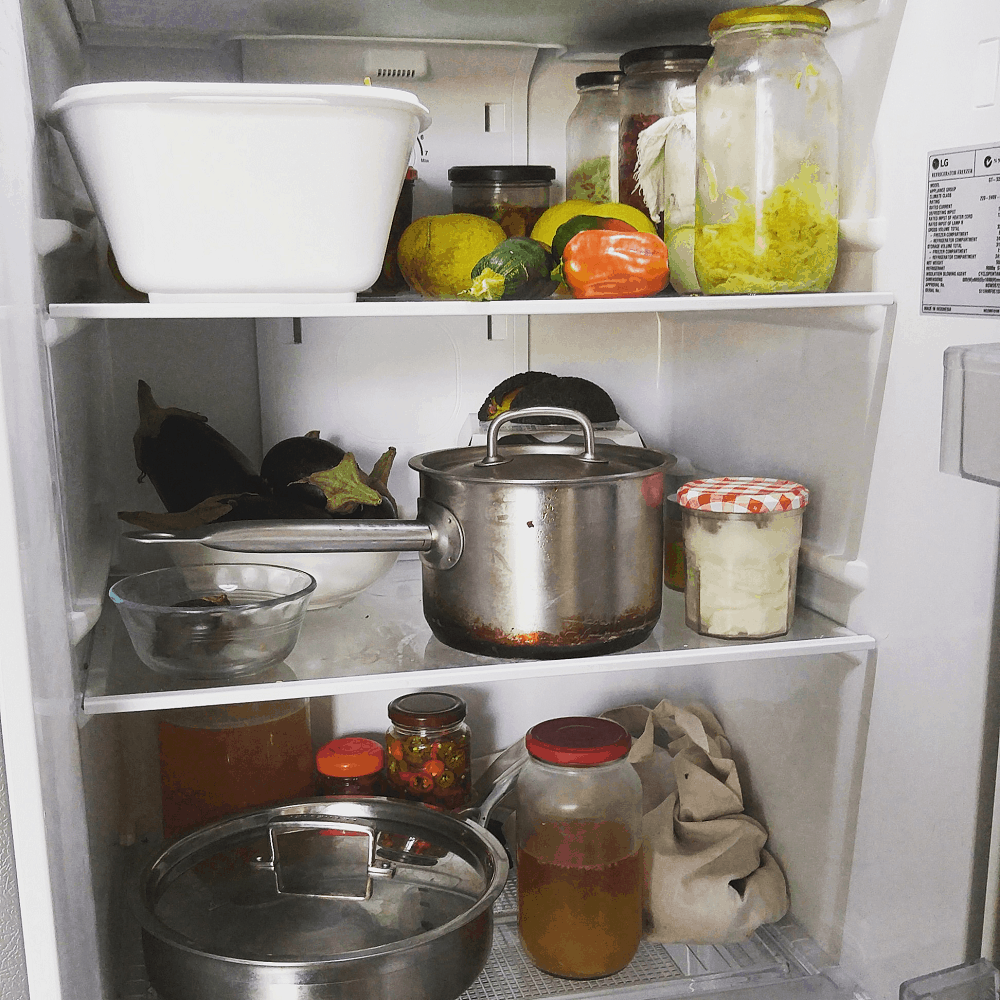
Saucepans are excellent stainless steel storage containers that we already own.
I do the same thing with glass jars. Just finished off the pasta? That jar is good for leftovers in the fridge.
Plan Your Meals with the Dishes in Mind
Just thinking about all the prep you need to do in advance can save on dishes, particularly with trickier-to-clean items like blenders. I like to time my prep to maximise the making of stuff and minimising the washing up.
For example, I might make nut butter, scrape that out of the blender and then make nut milk (usually with a different type of nut). Once emptied, I might make pesto, and then whizz up some tomatoes. Four things and one wash.
I don’t need to eat all these things that day, as they will keep in the fridge for a few days. Rinsing out a jar later is less onerous than cleaning the blender. Again.
Make Extra
I never make a one portion meal. Not only because of dishes but also because it is never twice as much work to make twice as much. I always make extra, and pop the leftovers in the fridge or freezer for later.
Reheating something uses far less dishes than having to chop, steam, boil or stir-fry a bunch of different things every single meal.
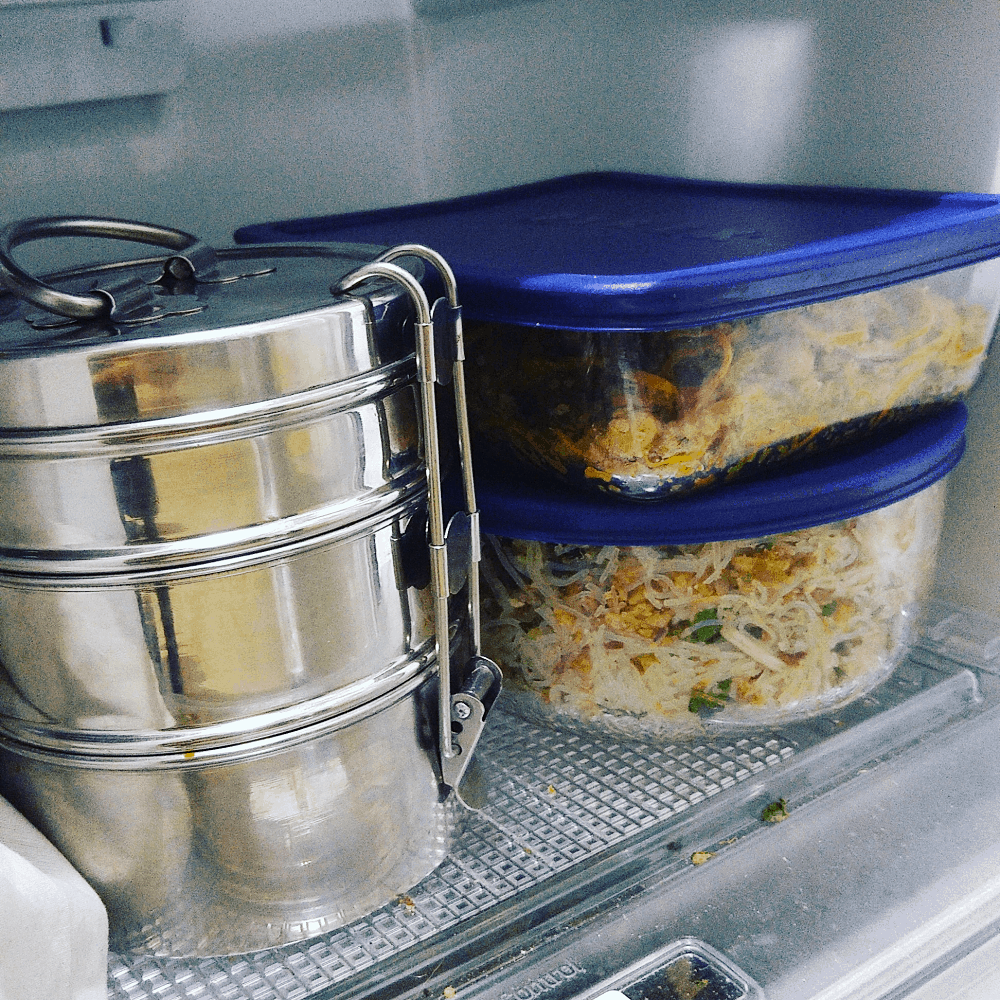
Plus, I am a messy cook. Stuff gets everywhere. I might as well trash the kitchen once, and then enjoy the relative tidyness for a few days.
Sometimes I’ll just double or quadruple the recipe. Other times I’ll just cook more of an ingredient. I always make a big pan of rice or quinoa, and keep the leftovers to make stir-fry or to go with something else the next day.
In an ideal world Sunday is my day to do this, when there is more time to make things and clean up. It feels good to start the week without an onerous pile of dishes every night. If that doesn’t work, it tends to be mid-week when I’m sick of the chaos!
Eat Leftovers Cold
I like leftovers cold. I don’t have a microwave, and to save on using a pan to heat things up I just started eating my leftovers cold. Pasta salad is a thing, rice salad is a thing, so it isn’t that strange not to heat things up.
It does depend on the weather – in the depths of winter I’m prepared to wash than pan for the heat it gives!
There’s no miraculous way to end the dishes, but there are little tweaks we can do to create less of them. On the plus side, there’s no hauling bags of trash to the kerb every week, and there’s no trashing of the planet, by contributing to the litter/landfill/plastic problem.
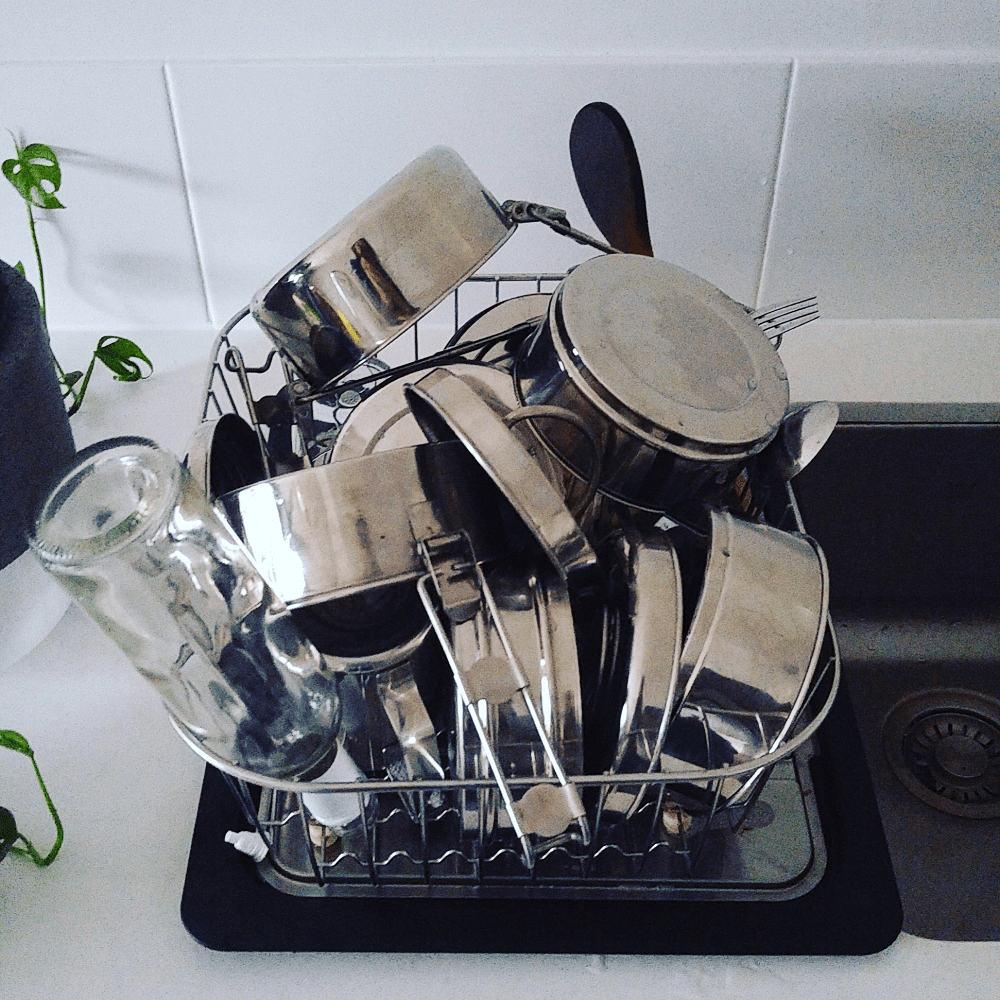
Plus there’s something quite satisfying about a gleaming stack of glass and stainless steel. And if the options are creating dishes or creating plastic pollution, I know where my choice lies.
Now I’d love to hear from you! If you have any tips for doing less dishes, we want to hear them! Do you have a dishwasher, or do you manage without? How do you keep the dishes under control? Please share your thoughts in the comments!

